Discover simple modern Buddhism practices for daily stress relief and inner peace. Learn how mindful breathing, loving-kindness, and non-attachment can calm your mind naturally. Start your journey to emotional balance today—modern Buddhist practices for stress relief and peace.
Stress used to control my life. But when I discovered modern Buddhism, everything changed. I found peace not through religion, but through simple, mindful practices anyone can do. In this guide, I’ll share the modern Buddhist techniques that helped me stay calm, centered, and less anxious.
These practices don’t require robes or temples—just presence and intention. If you’re looking for a peaceful path, these methods can help you breathe again, smile again, and live with ease.
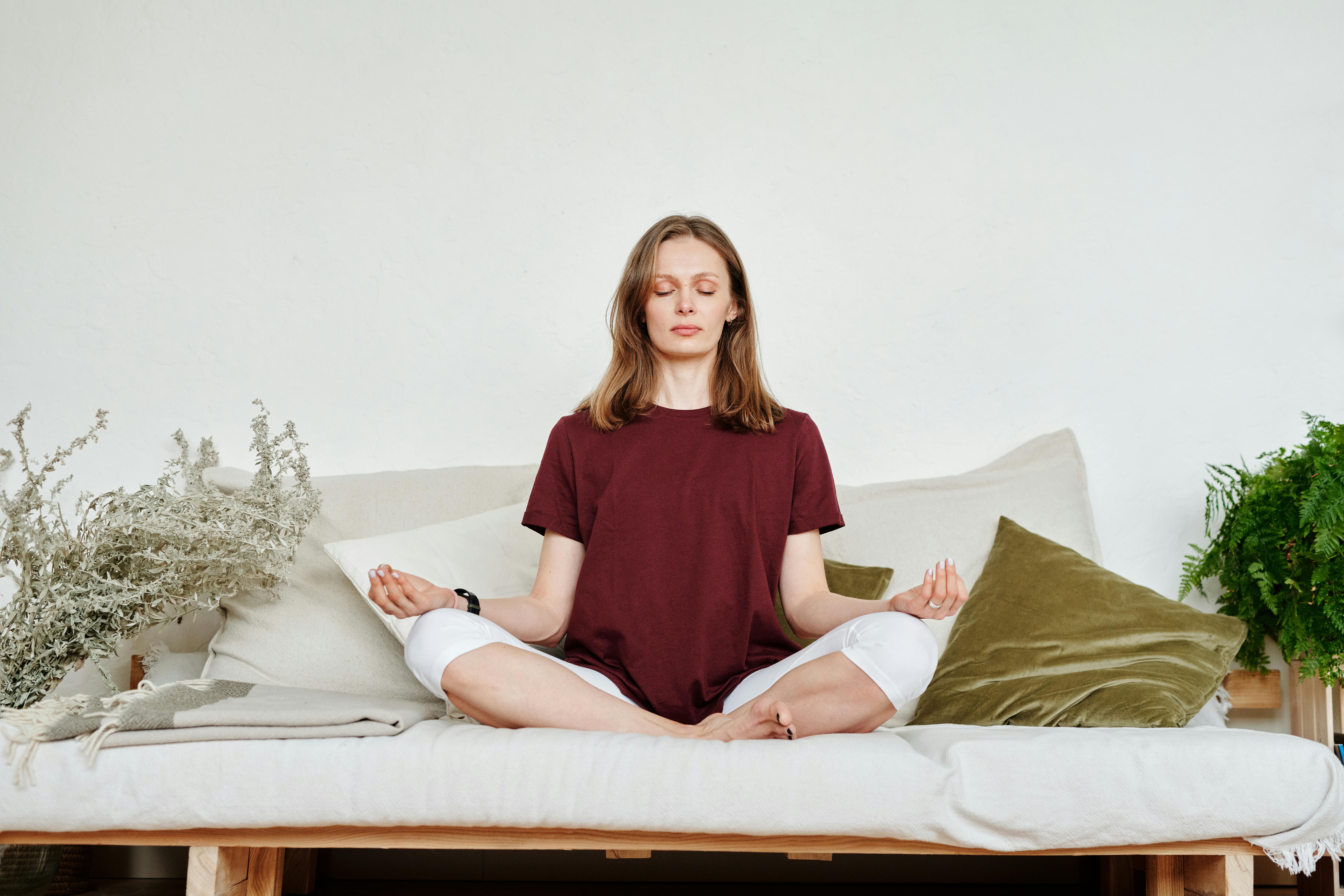
Key Takeaways
| Practice | Benefit |
|---|---|
| Mindful Breathing | Calms the nervous system |
| Walking Meditation | Connects body and mind |
| Loving-Kindness (Metta) | Builds compassion and reduces anger |
| Letting Go Practice | Eases overthinking and fear |
| Non-Attachment Thinking | Reduces stress by lowering expectations |
| Gratitude Reflection | Shifts focus from pain to peace |
| Dharma-Based Journaling | Helps with self-awareness and healing |
What Is Modern Buddhism?
Modern Buddhism takes ancient wisdom and makes it easy to use in daily life. You don’t need to follow rituals or adopt a religion. I personally use its ideas like mindfulness, non-attachment, and loving-kindness to deal with stress. It’s a flexible path that focuses more on inner peace than belief systems. You can be from any background and still benefit. It’s not about what you believe—it’s about how you live and respond to life’s ups and downs.
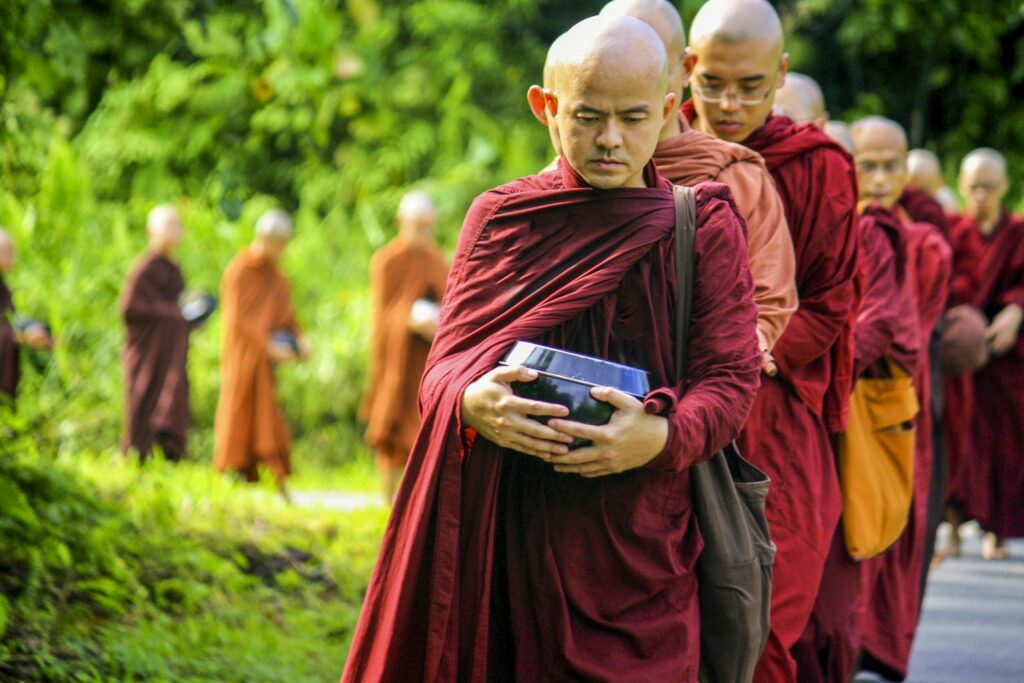
H2: Mindful Breathing Practice
H3: Inhale Peace, Exhale Stress
When I feel overwhelmed, I pause and breathe. Mindful breathing helps me return to the present moment. I sit quietly, breathe in for four counts, hold for two, and exhale slowly. I focus only on my breath. No past. No future. Just now. This simple act relaxes my body and quiets my racing thoughts. I do it for 5 minutes in the morning and again before bed. It’s like pressing a reset button for my mind.
H2: Walking Meditation
H3: Turning Every Step Into Peace
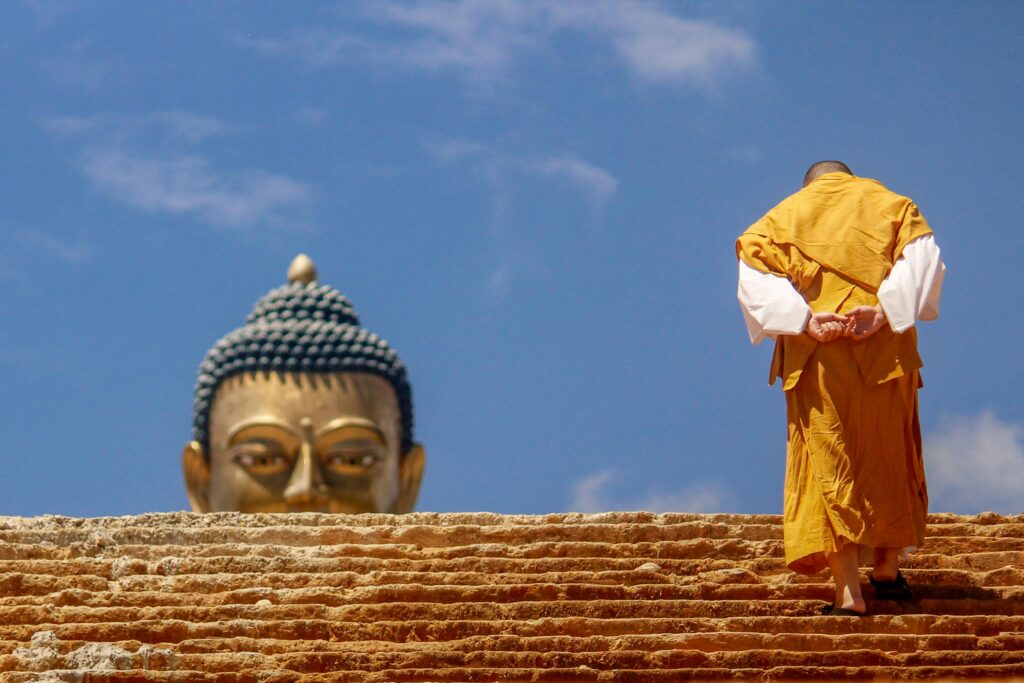
Walking meditation taught me how to be calm while moving. Instead of walking fast or distracted, I slow down. I feel each step. I focus on how my feet touch the ground. Sometimes I say quietly, “Step, peace. Step, calm.” This brings my attention back to now. I do this in my room, my garden, or even at the grocery store. Walking can become meditation when your mind is present. It’s peace in motion.
H2: Loving-Kindness (Metta) Meditation
H3: Sending Compassion to the World
This practice changed how I feel about others—and myself. I close my eyes and repeat silently: “May I be happy. May I be healthy. May I be at peace.” Then I say it for someone I love. Then for someone I don’t get along with. Then for the world. It fills my heart with warmth and releases anger. It’s hard to stay stressed when you feel love. This practice builds inner safety and emotional strength.
H2: Letting Go of Control
H3: Accepting What Is, As It Is
I used to fight reality. I wanted everything to go my way. That only created stress. Then I learned the Buddhist concept of letting go. When I feel tension, I pause and ask, “What am I holding on to?” Often, it’s an expectation or fear. I breathe into it and say, “It’s okay to let this go.” This doesn’t mean I stop caring—it means I stop suffering. Letting go creates space for peace to enter.
H2: Practicing Non-Attachment
H3: Peace Without Possession
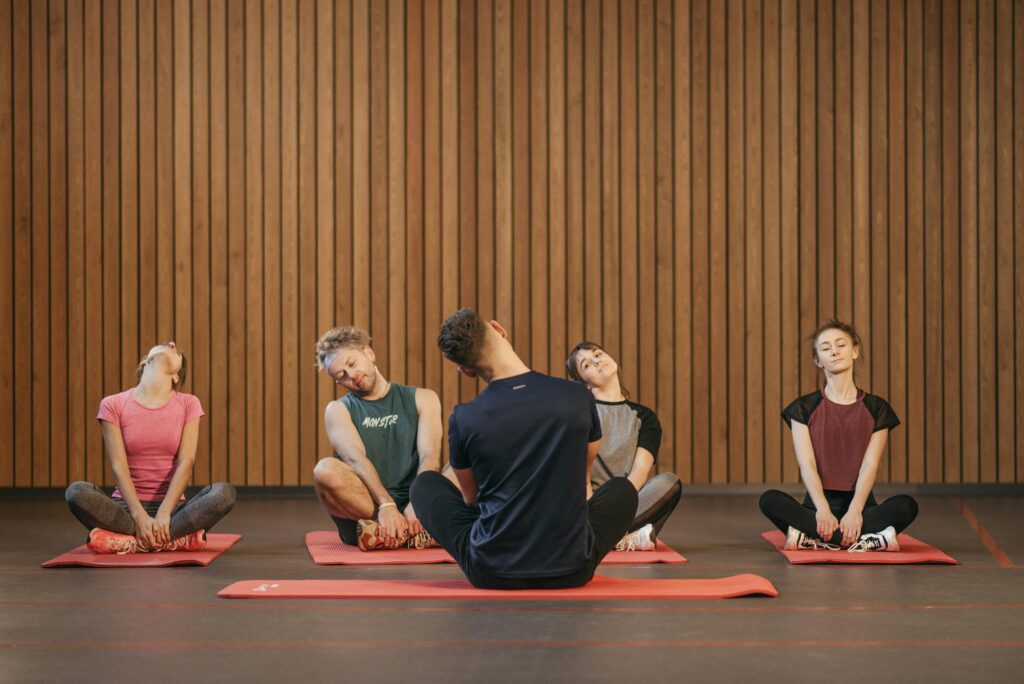
Modern Buddhism taught me that happiness doesn’t come from what I have—but from how I think. Non-attachment doesn’t mean giving everything up. It means loving without clinging. Wanting without needing. I started practicing this by noticing how I felt when things didn’t go as planned. Instead of getting upset, I say, “This too shall pass.” This mindset makes me stronger and calmer. The less I cling, the more free I feel inside.
H2: Gratitude Reflection
H3: Shifting Focus from Lack to Love
Stress often comes from focusing on what’s missing. Gratitude flips that story. Every night, I write down three things I’m thankful for. Sometimes it’s small: “I had a warm cup of tea.” Other times, big: “I had a real talk with a friend.” This practice shifts my brain from fear to peace. It’s easy, free, and powerful. Even on hard days, there’s always something to be grateful for. Gratitude is a quiet form of healing.
H2: Dharma-Based Journaling
H3: Writing with Wisdom
The word “Dharma” means “truth” or “teachings” in Buddhism. I started journaling about quotes or lessons I found meaningful. I pick one phrase, like “Attachment is the root of suffering,” and write how it shows up in my life. This helps me reflect and grow. Writing clears my mind and helps me understand my emotions better. Sometimes I discover patterns I didn’t even know I had. Self-awareness is the first step to stress relief.
Table: Daily Practice Schedule for Peace
| Time of Day | Practice | Duration |
|---|---|---|
| Morning | Mindful Breathing | 5 minutes |
| Midday | Walking Meditation | 10 minutes |
| Evening | Gratitude Reflection | 5 minutes |
| Night | Loving-Kindness Meditation | 10 minutes |
| Anytime Needed | Letting Go Practice | 2 minutes |
Quotes That Inspire Me
“Peace comes from within. Do not seek it without.” — Buddha
“The root of suffering is attachment.” — Buddha
“Feelings come and go like clouds in a windy sky. Conscious breathing is my anchor.” — Thích Nhất Hạnh
“You should sit in meditation for 20 minutes a day. Unless you’re too busy, then you should sit for an hour.” — Zen Proverb
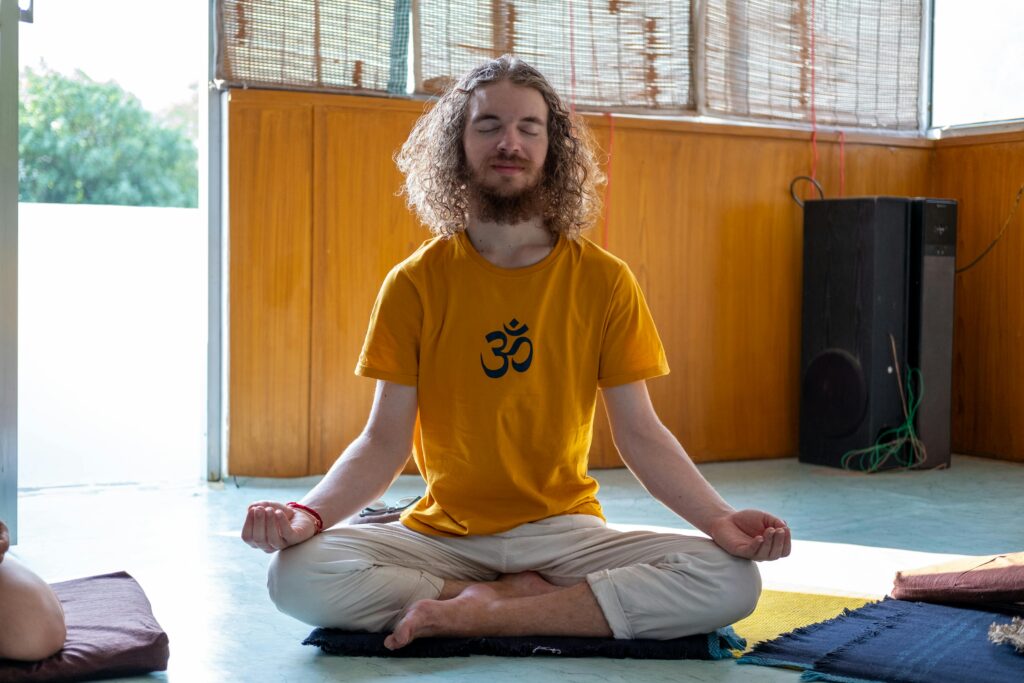
H2: Simple Tools I Use Daily
H3: Peace Doesn’t Need Fancy Things
Here are the basic tools that help support my practice:
- Timer or meditation app (like Insight Timer or Calm)
- Blank journal or notebook
- Quiet space with a candle or soft lighting
- Small quote cards for daily reminders
- Walking shoes and access to nature, if possible
I keep it simple. No big setup needed. The most important tool is your intention—to return to yourself.
H2: When I Feel Overwhelmed
H3: What I Do in Moments of Chaos
Some days, everything feels like too much. When that happens, I pause. I breathe deeply and place my hand on my chest. I tell myself, “You are safe. You are here.” Then I drink warm tea and sit in silence for a few minutes. If that doesn’t help, I write it all out. These small rituals remind me that stress is just a visitor. It comes and goes—but I can choose how I respond.
H2: Teaching These Practices to Others
H3: Sharing Peace Through Practice
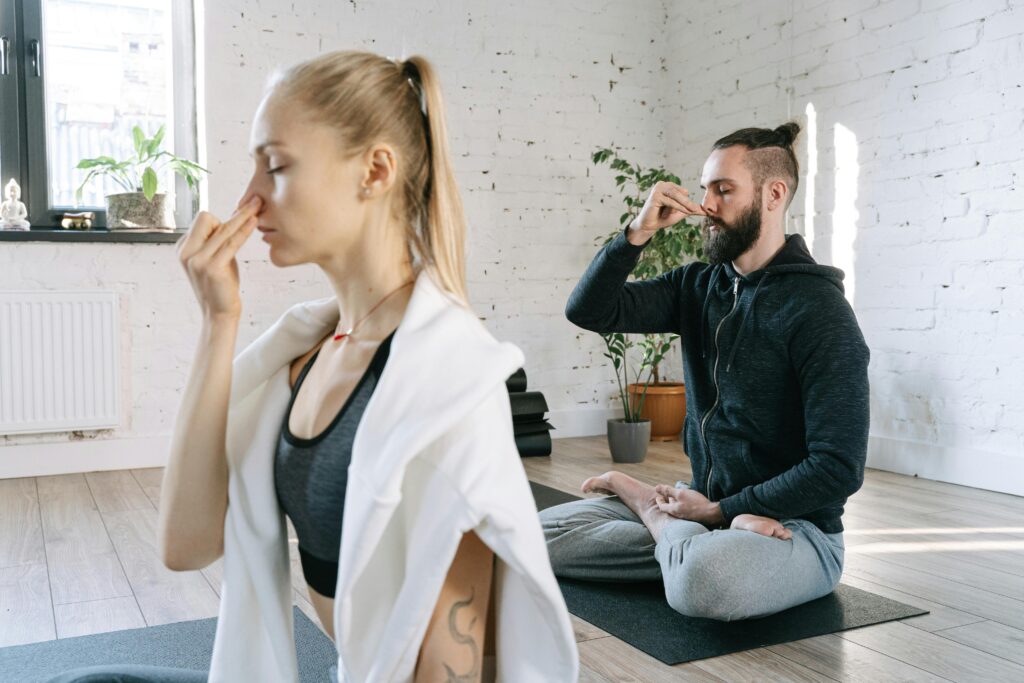
Once I felt the benefits, I started sharing with friends. We created a small meditation group online. Even five-minute check-ins made a difference. You don’t need to be a teacher—just share what works for you. I’ve even taught my little cousin how to do breathing practice before bed. Passing on peace is part of the journey. Modern Buddhism isn’t about rules—it’s about connection, kindness, and mindful living.
H2: Buddhist Practices vs. Modern Self-Help
| Buddhist Practice | Self-Help Trend | Core Difference |
|---|---|---|
| Non-Attachment | Law of Attraction | Letting go vs. manifesting control |
| Loving-Kindness (Metta) | Positive Affirmations | Compassion for others vs. self-focus |
| Mindful Walking | Fitness Tracking | Awareness vs. achievement |
| Gratitude Reflection | Goal Journaling | Present-focused vs. future-focused |
| Letting Go | Hustle Culture | Peace over productivity |
Conclusion: Choosing Peace Every Day
Modern Buddhism helped me realize that peace isn’t a destination—it’s a choice I make moment by moment. You don’t need a perfect life to feel calm. You just need presence, patience, and practice. Every time I sit in stillness, take a mindful breath, or let go of fear, I move closer to peace. These practices don’t erase stress—but they help me live above it. Peace is possible. It starts inside you. And it begins today.
Key Takeaways Recap
- Modern Buddhism uses mindfulness, breathing, and letting go for inner calm.
- Simple practices like walking meditation and gratitude reflection reduce stress.
- You don’t need to change your life—just how you respond to it.
- Sharing these practices can spread peace beyond yourself.
- Peace isn’t passive—it’s something we actively create every day.


